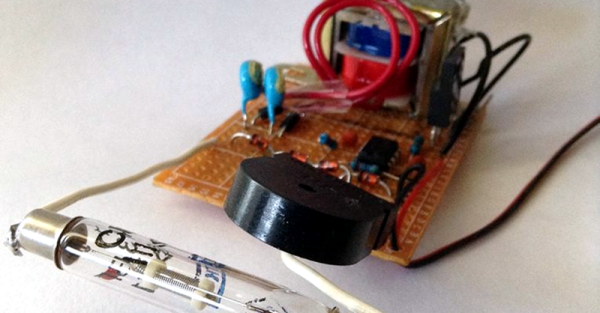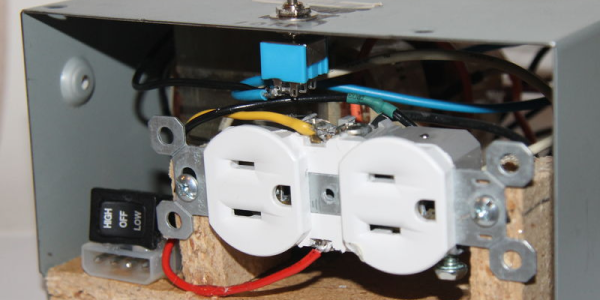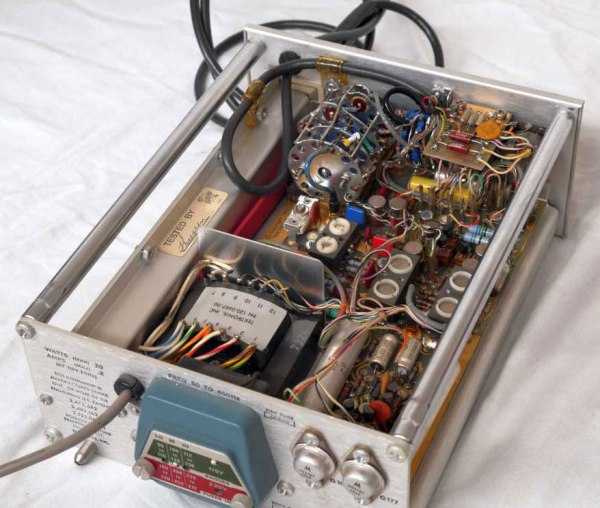[Alex]’s entry for the Hackaday Prize is extremely simple: it’s a device to monitor the inside of casts. For every itch, for every broken bone, for every skin irritation, and for every episode of House that featured compartment syndrome, the CastMinder has an answer.
The CastMinder is a simple electronic device embedded inside an orthopedic cast. Attached to this tiny bit of electronics are a few sensors, relaying pressure, moisture, temperature, and of course the battery level to an iOS app. The use case for this device is actually very simple; the pressure sensor is a great idea if you have a cast and you’re unconscious in a hospital. A moisture sensor will at least tell you how many trash bags wrapped around your broken arm are necessary to take a shower.
The entire device is based on the LightBlue Bean, a tiny Bluetooth-enabled device that can be powered by a CR2032 battery. The enclosure is 3D printed, and the entire device is small enough to be embedded in a cast without the wearer noticing much. It’s a great idea, and a great project to make it to the semifinals of the Hackaday Prize.






















